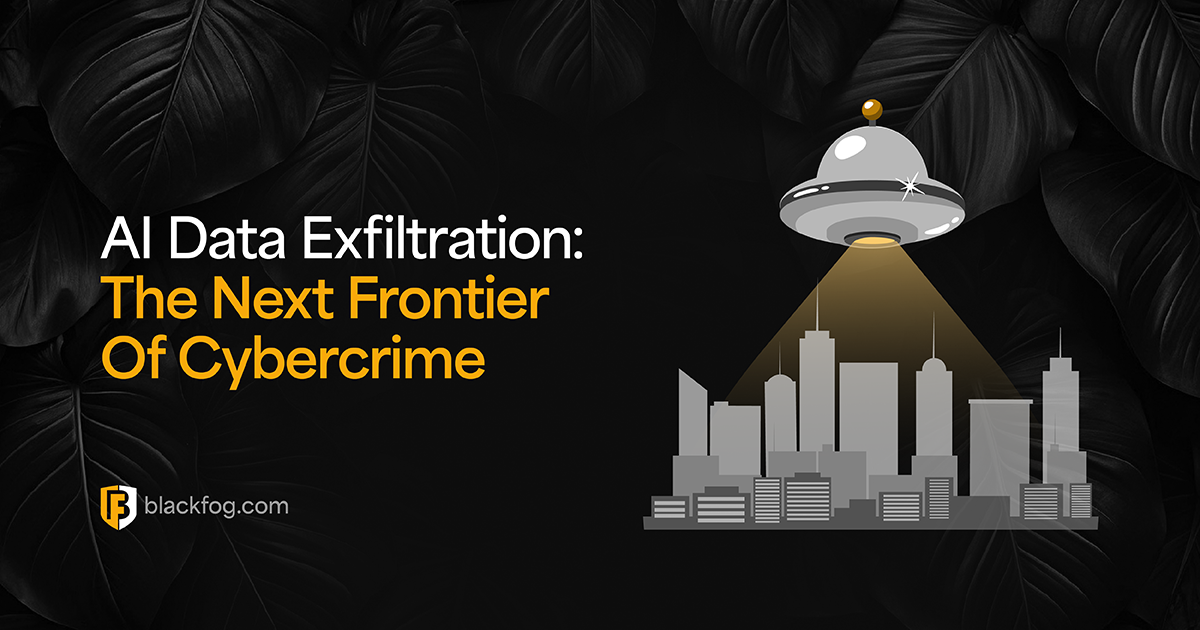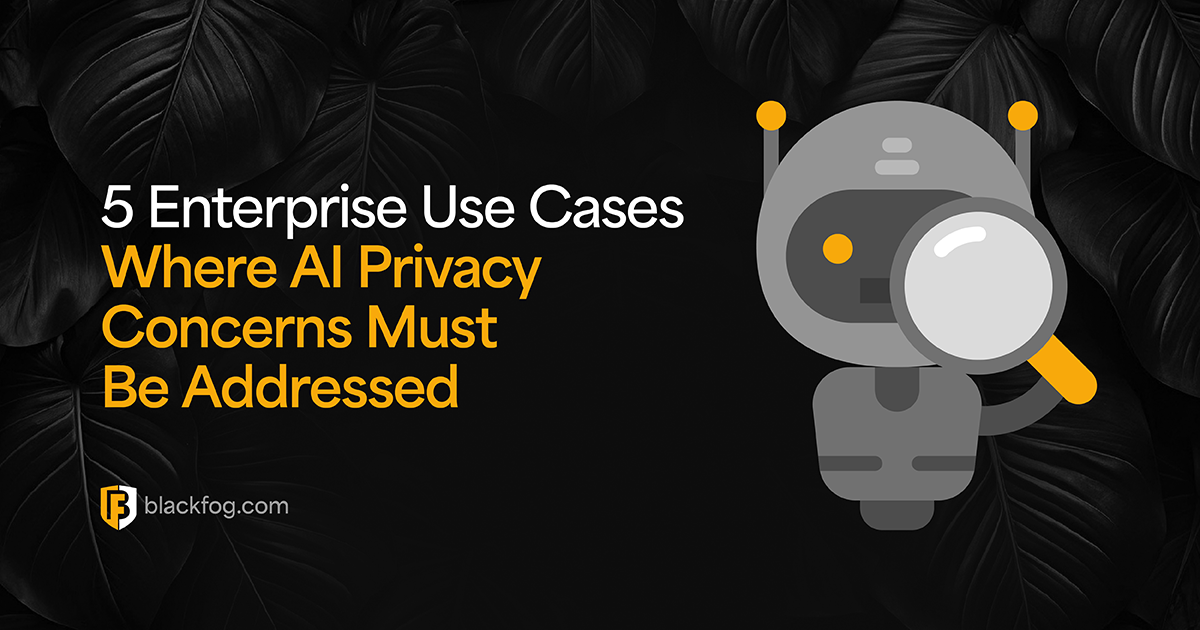
Detecting Data Exfiltration – Why You Need the Right Tools
Cyberthreats have become a leading concern for businesses of all sizes and across all sectors. But while familiar threats such as ransomware can disrupt operations and cost firms time and money, the real risks come from attacks that go further than encrypting files or shutting down machines.
Hackers that seek to exfiltrate data from businesses are a particularly dangerous threat. However, in many cases, the legacy anti malware and intrusion detection and prevention tools that businesses have in place are not well-suited to tackling these problems.
Why Firms Need an Anti Data Exfiltration Solution
Data exfiltration plays a key role in so-called double extortion ransomware – one of the fastest growing and most dangerous cyberthreats. Once criminals have valuable data , which may be anything from intellectual property such as trade secrets to employee or customer financial information, they have a range of options.
They could, for instance, sell the material on the dark web or take it directly to competitors. However, in many cases, the preferred tactic is to threaten public release of the data unless their ransom demands are met. This can put much more pressure on businesses to give in, as simply turning to backups won’t be enough to make the problem go away.
With many companies feeling they have no choice but to pay up, this has quickly become the most preferred tactic of ransomware groups. In fact, BlackFog’s research showed that last year, out of 292 reported ransomware attacks, more than 80 percent threatened to exfiltrate data, and in 2022, this has risen to 88 percent.
The damage this causes can be severe. It can open enterprises up not only to significant direct financial losses, but ongoing lost business and reputational harm that can take years to recover from. This is in addition to any regulatory action that may be taken if companies aren’t able to protect individuals’ private data.
The Limitations of Traditional Defenses
Stopping data exfiltration can be a major problem for many businesses that continue to rely on traditional perimeter defense tools to protect their operations from attack.
The biggest issue with these tools is that they tend to be focused on preventing intruders from breaking into the network in the first place – and no matter how effective they used to be, they have proven ineffective at preventing the types of attacks we see today.
If criminals are able to bypass intrusion detection and prevention systems, they often have free reign to move within a network and extract valuable data. For example, research by the Ponemon Institute suggests it can take almost 300 days for businesses to detect a data breach within their systems, and then a further three months to effectively contain it.
Firms may look to address these issues with data loss prevention (DLP) tools, but these have been shown to be highly ineffective at stopping the exfiltration of data by advanced criminal organizations.
As well as being difficult to configure and maintain, they are also ill-equipped to deal with threats that originate within the business. Malicious insiders may often find it easy to circumvent these tools with their internal know-how.
Spotting the Telltale Signs You’ve Been Breached
To prevent these problems, organizations must put in place specialized tools that are designed specifically to identify and neutralize data exfiltration attempts, whether they come from external threats or from malicious insiders.
An effective anti data exfiltration (ADX) solution works by monitoring all activity within your business, especially looking at traffic leaving the network perimeter. While there are of course, many legitimate reasons why data might be leaving the network – from sharing files with customers to updating cloud backups – these will usually have a familiar pattern.
ADX works by using smart analytics to study the behavior of traffic as it exits the network. By learning what normal activity looks like, it can quickly spot anything unusual. For example, this may include larger-than-normal volumes of traffic, data transfers taking place outside working hours, or information being sent to unrecognized or overseas IP addresses.
It automatically blocks these transfers 24/7, stopping attacks and preventing breaches without any action required from the organization. Because ADX works on devices themselves, it’s lightweight and efficient enough to be deployed on every endpoint that might be used to exfiltrate data, including mobile devices.
Learn more about how BlackFog protects enterprises from the threats posed by data exfiltration.
Share This Story, Choose Your Platform!
Related Posts
AI Data Exfiltration: The Next Frontier Of Cybercrime
How are cybercriminals using AI data exfiltration to enhance their ransomware attacks and what must businesses do to counter these threats?
5 Enterprise Use Cases Where AI Privacy Concerns Must Be Addressed
AI privacy concerns are rising with AI adoption - five use cases highlight the key issues businesses must consider.
What AI Management Really Means For The Enterprise
Ongoing AI management is essential in maintaining compliance in a challenging environment. Here's what businesses need to consider.
AI Security Risks Every Business Must Know About
AI Security Risks are growing as AI embeds in business. What key threats must firms address to stay compliant with data regulations?
Who’s Really In Charge? Why AI Governance Is Now A Business Imperative
Find out why a strong AI governance program will be essential if enterprises are to make the best use of the highly in-demand technology.
AI Compliance: A Roadmap For Addressing Risk And Building Trust
AI compliance is set to be a major focus for businesses in the coming year. Here's what you need to know to make this as easy as possible.






